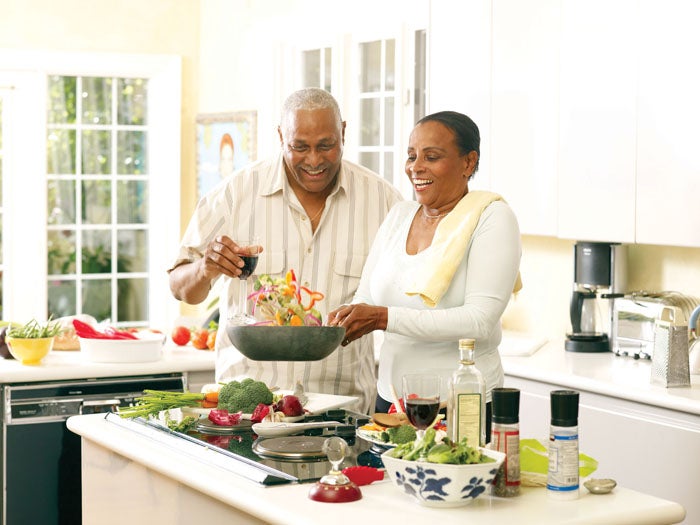How seniors can stay in their homes later in life
Published 12:00 am Thursday, December 12, 2019

- Staying healthy and active helps people stay independent as they age
|
Getting your Trinity Audio player ready...
|
By Cliff Mehrtens
Novant Health
A common fear among baby boomers — people from 55 to 73 years old — is the loss of independence as they age.
One of their biggest fears: They worry about having to move out of their homes because they can no longer take care of themselves. Loss of balance and flexibility can be some of the biggest culprits for the elderly.
Falls are the leading cause of fatal and nonfatal injuries among people age 65 and older, according to the Centers for Disease Control and Prevention. One of every five falls causes a serious injury, such as broken bones or a head injury. Maintaining balance can help prevent falls, which account for about 300,000 hip fractures that hospitalize older Americans each year.
Most seniors don’t look forward to assisted living or relocating to a retirement center. The better you take care of your health, the better the chances of staying active, living where you want, enjoying your time traveling, being with family and doing the things you love doing.
Some 60% of adults ages 50 to 64 suffer from at least one chronic health condition, according to the Centers for Disease Control and Prevention. Half of Americans ages 55 to 64 have high blood pressure — a major risk factor for heart disease and stroke — and two in five are obese. One of three boomers report not participating in any leisure-time physical activity.
“The biggest dangers of becoming too sedentary is that your muscles become deconditioned in both strength and flexibility. You are also at risk for a rapid decline in your cardiovascular fitness, which could make you short of breath doing even simple tasks,” said Meghan McKee, a Novant Health physical therapist. “The more that you sit, and the more that you don’t move your body, the quicker you lose it.”
But, she added: “There are many things you can do to maintain your independence and quality of life. The most important thing is staying active. You can go for walks, do exercises around the house or join a gym.”
McKee said there are warning signals that trouble could be looming: if you have to reach for furniture to maintain balance as you’re walking around the house, if you’re catching your toes on rugs or carpets, if you’re feeling off-balance or if you find it challenging getting up from a seated position.
“It’s really important to maintain you strength, flexibility and balance as you get older,” she said. “There are a lot of simple exercises you can do around your house. If you don’t know what to do or don’t feel comfortable starting an exercise program on your own, speak with your primary care physician about obtaining a referral for physical therapy. It is our job to evaluate you and teach you what you can do at home to maintain your health, physical fitness and overall independence.”
Matt Fortune, a sports performance trainer at Novant Health Sports Performance and Rehabilitation Center in Clemmons added, “No one is a stranger to the concept and importance of having a 401k or a retirement account, but what about your fitness retirement plan? The average inactive person losses around 0.5 percent of their strength after the age of 30 every year. If you’re not very strong or active you’ll run out of ‘fitness funds’ later in life.”



